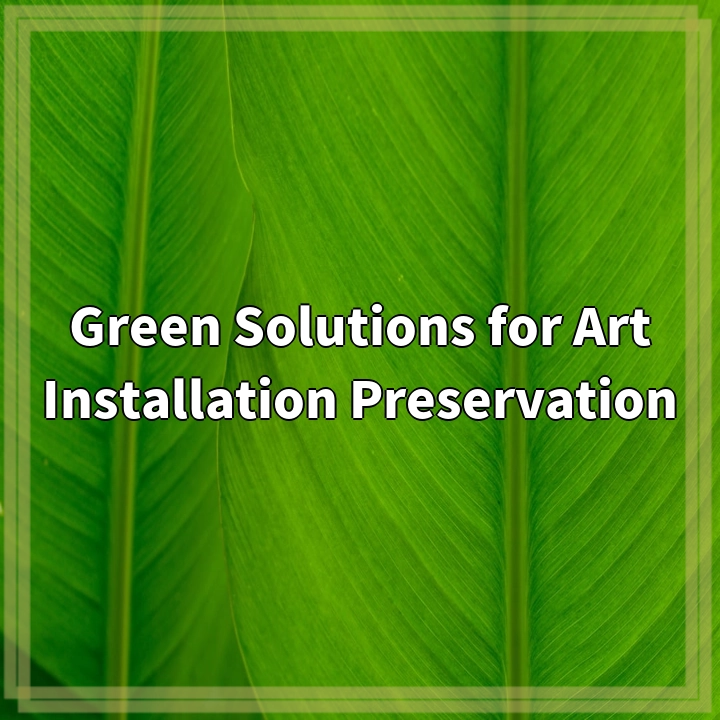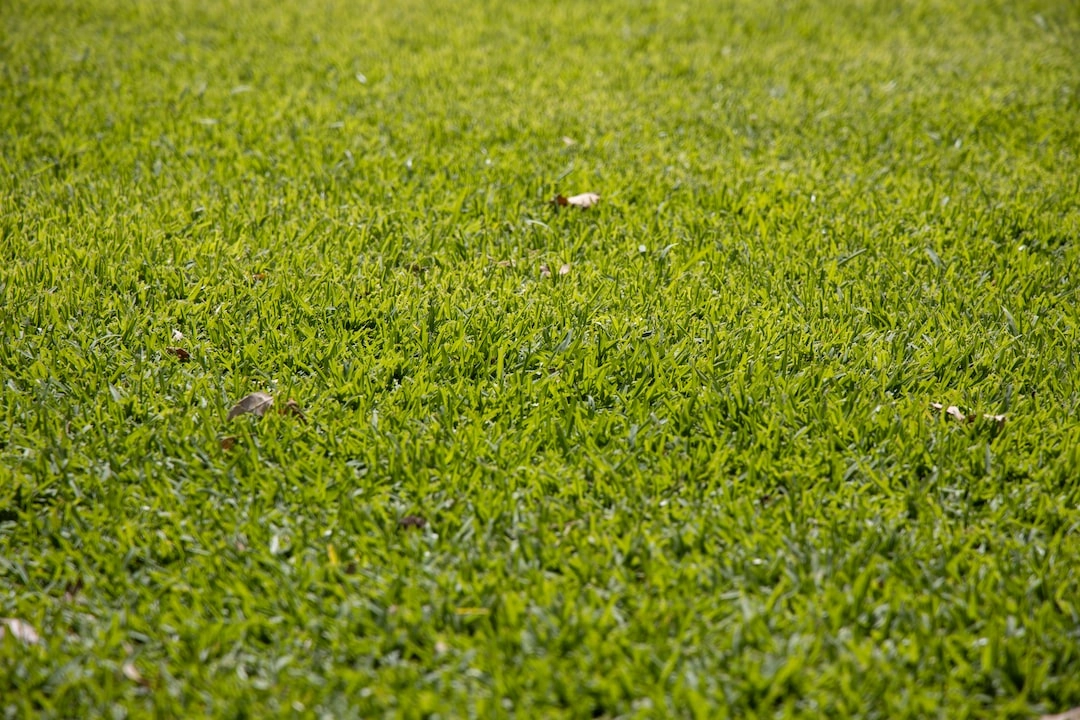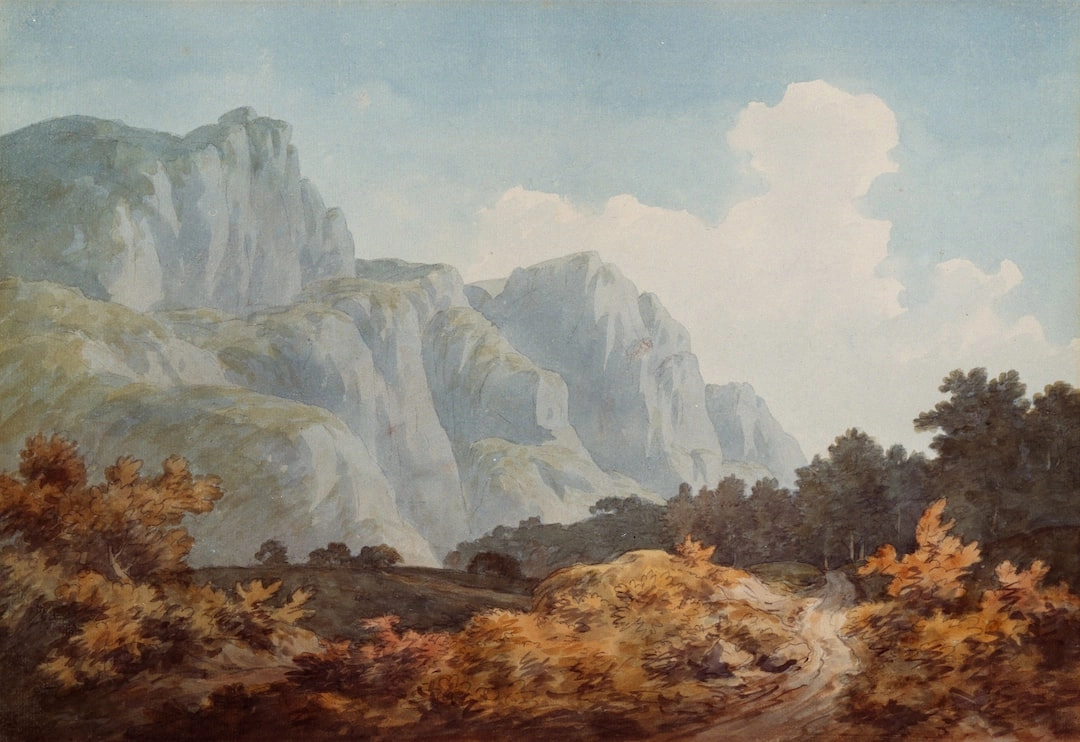
What is Green Solutions for Art Installation Preservation?
Green solutions for art installation preservation refer to environmentally-friendly practices and approaches aimed at preserving works of art and cultural heritage. These solutions involve finding sustainable and less harmful alternatives to traditional preservation methods, ensuring the long-term integrity and longevity of artworks while minimizing their impact on the environment.
Real-World Problems Associated with Art Installation Preservation
Preserving art installations presents various challenges, and these can have negative consequences for both the artwork and the environment if not addressed properly. Some of the real-world problems associated with art installation preservation are outlined below:
1. Environmental Impact:
Traditional preservation methods often involve the use of toxic chemicals, adhesives, and coatings that can emit harmful gases or pollutants into the environment. These substances can have detrimental effects on the ecosystem and contribute to air and water pollution. Finding eco-friendly alternatives is crucial to minimize this impact.
2. Energy Consumption:
Preserving art installations may require the use of climate control systems, lighting fixtures, and other energy-intensive equipment. The energy consumption associated with maintaining optimal conditions for these artworks can contribute to greenhouse gas emissions and carbon footprint. Energy-efficient technologies and practices should be explored to reduce energy consumption and mitigate these effects.
3. Waste Generation:
Preservation efforts can generate waste materials such as packaging, restoration materials, and obsolete equipment. Improper disposal of these waste materials can harm the environment and contribute to landfill pollution. Employing proper waste management practices, such as recycling and upcycling, can help minimize waste generation and promote sustainability.
4. Climate Change Impact:
Art installations are vulnerable to the impacts of climate change, including extreme weather events, rising temperatures, and humidity fluctuations. These factors can accelerate deterioration, cause structural damage, and impact the overall preservation of artworks. It is essential to consider climate resilience and adaptation strategies in preserving art installations in the face of changing climatic conditions.

Green Solutions for Art Installation Preservation
Preserving art installations while minimizing the environmental impact requires implementing green solutions. Here are some key solutions to consider:
1. Sustainable Preservation Techniques:
Using sustainable preservation techniques involves employing eco-friendly materials and methods. This can include utilizing non-toxic adhesives, coatings, and cleaning agents that do not emit harmful pollutants into the environment. Adopting a holistic approach to restoration and maintenance can help minimize the ecological footprint of art installations.
2. Energy-Efficient Practices:
Reducing energy consumption in art installation preservation can be achieved through the use of energy-efficient lighting fixtures, climate control systems, and HVAC technologies. Implementing smart energy management systems and monitoring energy usage can help minimize carbon emissions and lower the overall environmental impact.
3. Waste Reduction and Recycling:
To minimize waste generation, adopting waste reduction and recycling practices is crucial. This can involve reusing packaging materials, repurposing obsolete equipment, and implementing comprehensive recycling programs. Prioritizing sustainable procurement practices can also ensure that materials used in preservation are environmentally friendly and recyclable.
4. Climate Resilience Strategies:
As climate change poses a significant threat to art installations, implementing climate resilience strategies is essential. This can include proper climate control measures, such as humidity and temperature regulation, to mitigate risks associated with changing environmental conditions. Additionally, incorporating sustainable design principles in new installations can enhance their resilience to future climatic challenges.















